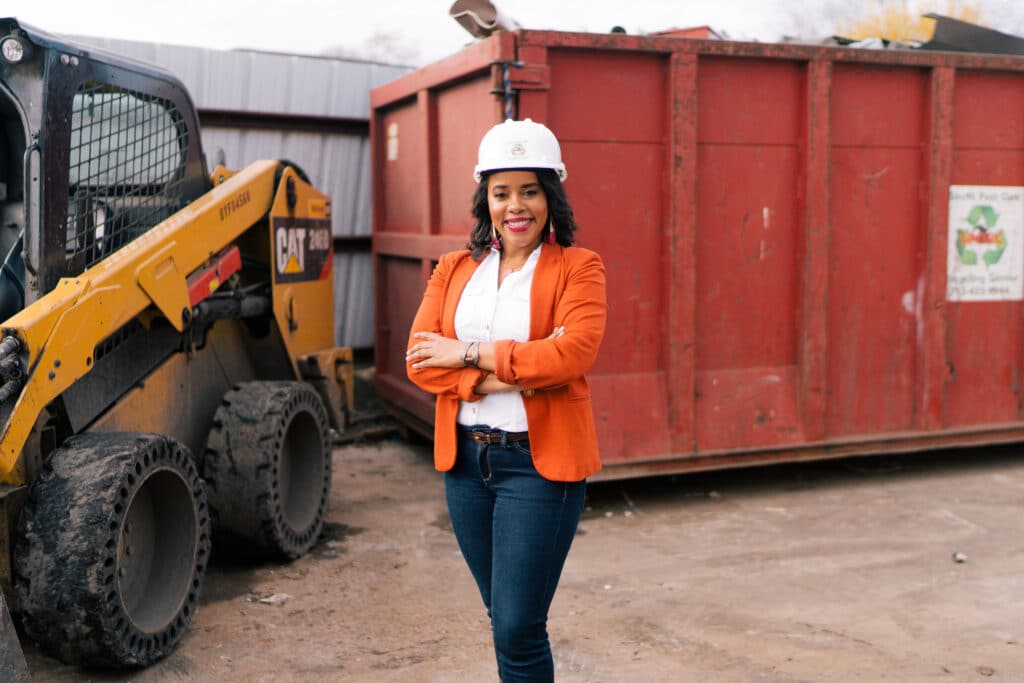Next Level Leadership

EIGHT WAYS TOP TEAMS BUILD RELATIONSHIPS
By AJ Josefowitz, Ph.D.
All organizations face the inherent tension between individual needs and organizational goals, and most address that tension by promoting effective interpersonal relationships between superiors and subordinates. This initiative can take many forms, from the performance appraisal process, to management training and development. But nothing has a greater impact on an organization’s culture and relationships than the example the top team sets for the rest of the employees. The way these leaders manage their relationships with each other sets the tone for superior-subordinate relationships throughout the entire organization.
Here are eight best practices for top teams to set an example for their coworkers.
Keep the Team Aligned
Alignment is the degree to which team members share a common understanding of what’s to be accomplished, and how it’s going to get done. Alignment is the most “upstream” dimension of team effectiveness, and it’s the foundation upon which everything else is built. A team’s effectiveness cannot exceed its degree of alignment.
Well-aligned teams regularly review the organization’s “big picture” — where we are, where we’re going and how well we’re getting there — to ensure the work they’re doing is relevant to core business goals. By reviewing and modifying their initiatives as needed, teams can make sure they stay aligned with the big picture.
A team that isn’t properly aligned is inefficient — overcomplicating some tasks and neglecting other key missions. When a team isn’t aligned, their pace of work decreases, expectations become unclear and imbalanced, and both conflict and resolution time increase.
Leverage the Collective
Einstein said, “We cannot solve problems with the same level of thinking that created them.” Effective team leaders understand that and harness their teammates’ insights and energies in ways that elevate everybody’s leadership thinking and practices. By consciously and deliberately creating (and guiding) opportunities for collaborative work, top teams can effectively enhance both creativity and productivity throughout the organization.
Match Capability with Responsibility
Capability is the combination of confidence, industry knowledge and practical knowhow that enables individuals and teams to get quality work done in a timely manner. The first, and most obvious symptom of incapability is mistakes — errors in judgment and execution.
When creating goals and assigning responsibilities, top teams must set expectations that exceed their capabilities in a way that stretches (but doesn’t snap) their individual and collective abilities. It’s ok, in setting these stretch goals, for teams to fail, so long as they learn and recover from that failure. Top teams will look for opportunities to build competence and character — among themselves and throughout the organization.
Intentionally Develop Team Members and Subordinates
Effective leaders continually invest in their team’s development, expanding each employee’s abilities to meet new challenges in an evolving organization. There are two powerful tools to help develop people: assignments and mentoring. Research has long confirmed we learn best from experience, so it’s up to an organization’s leadership to identify which experiences would benefit each team member, and issue them assignments accordingly.
Though effective mentoring relationships take on many shapes and forms, most have their roots in friendship, rather than management. As such, it’s difficult to mentor people who are direct reports. But leaders can identify who needs what kind of mentoring and introduce the team to people from whom they can learn.
Mentors can function as anything from sounding boards to teachers, and they typically have broader scopes of responsibility and more experience than their mentees. It’s best not to structure these too much — instead, let them evolve naturally as each party identifies what they need from the other. After all, mentoring is a development activity for both the mentor and the mentee.
If, despite leaders’ best efforts to provide growth experience and quality mentorship, a team member simply isn’t working out, it may be that the best way to support that team member’s development is to help them find better fitting work.
Help Each Other Learn What They Look Like To Others
It’s very hard to see ourselves objectively, but effective team players need to be able to do just that. It’s highly likely all of the team members have already undergone some form of a 360 feedback process designed to help people shrink their blind spots. However, those blind spots can grow and change over time, so it’s important to give and solicit structured feedback — anonymously or in person — periodically.
A variation on an individual 360 exercise is a team 360 exercise, where team members provide anonymous feedback about the collective: what does the team do well and what does the team need to improve? For any kind of feedback exercise, the credibility of the data is critical.
Nurture Shared Accountability
In any new team situation, when there is no track record of reliability, the idea of accountability is an unknown. But, regardless of history, strong employees hold themselves and each other accountable through performance assessments, motivational incentives and an internal drive to succeed.
Top teams must go beyond individual accountability, working together to improve the motivation and performance of the team as a whole. While, at the end of the day, everybody must be responsible for their own contributions, strong teams make it easier to stay accountable by acknowledging excellence and addressing concerns in timely and helpful ways.
Hold Each Other to High Standards
Each team member must model the way he or she expects the team want your team to think and act. Leaders should never expect anybody to perform to a higher standard than they do, themselves, and they should help those who are struggling to live up to those standards.
Treat Each Other Well
The simplest, but possibly most important example top teams can set for the rest of their organizations is respecting one another. These teams work hard to understand what their coworkers value, and do their best to uphold those values, checking in periodically to ensure each teammate’s professional needs and expectations are being met.
Workforce mobility in general is more fluid than in the past, so cultivating loyalty is difficult and any edge for attracting and retaining talent serves the entire organization well. By following these best practices, the top teams can cultivate strong professional relationships — founded on growth, trust, and accountability — that will help them set an example for the kind of superior/subordinate relationships that drive a successful organization.
AJ Josefowitz, Ph.D., is principal at AJ Josefowitz Consulting LLC, a leadership and organization development consulting practice based in Austin. AJ started his practice this year after retiring from a 27 year career with 3M where he had executive, leadership and organization development responsibilities throughout his career.





